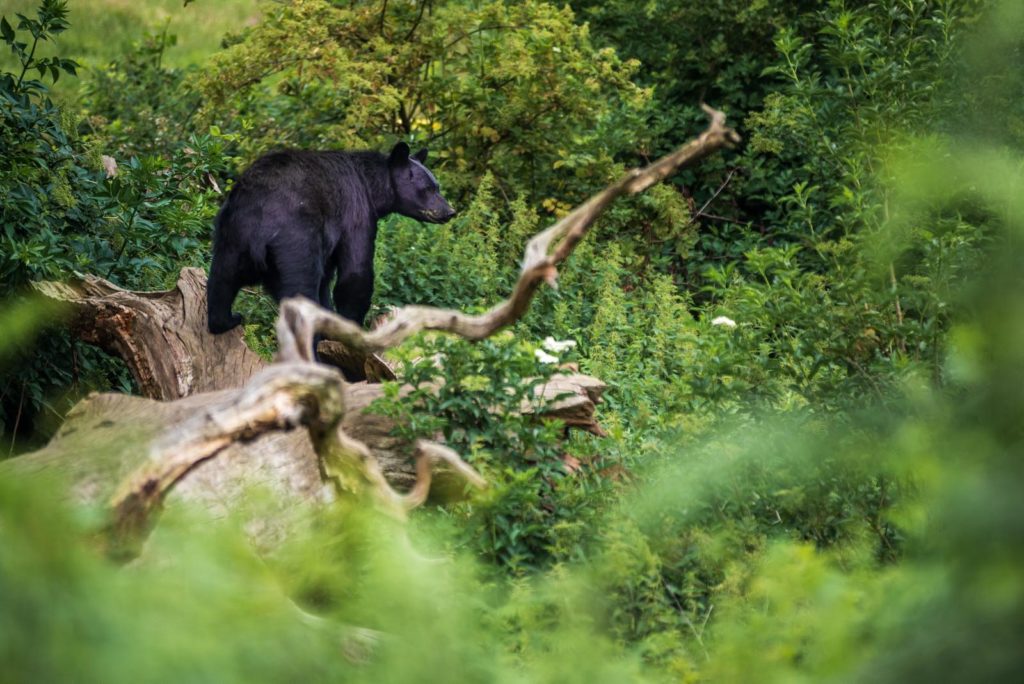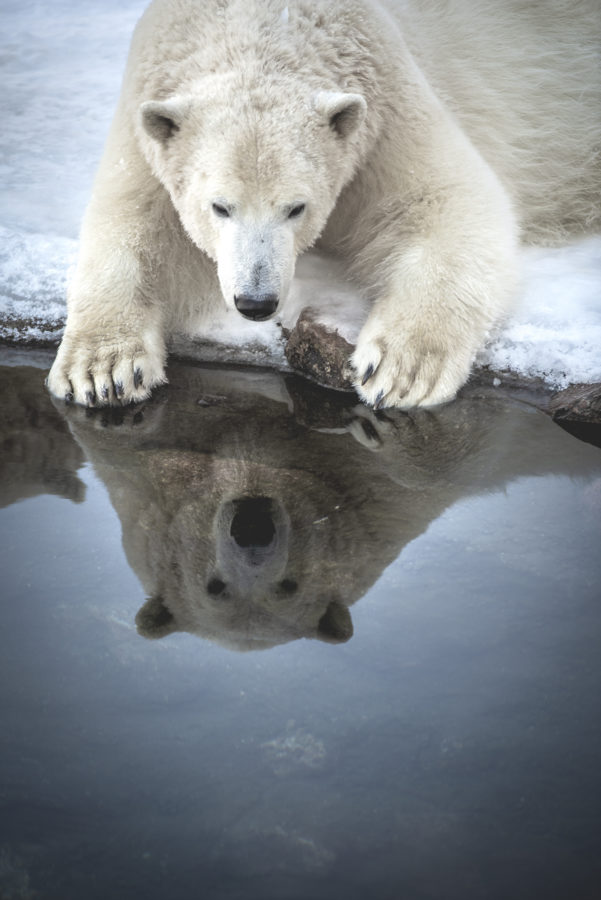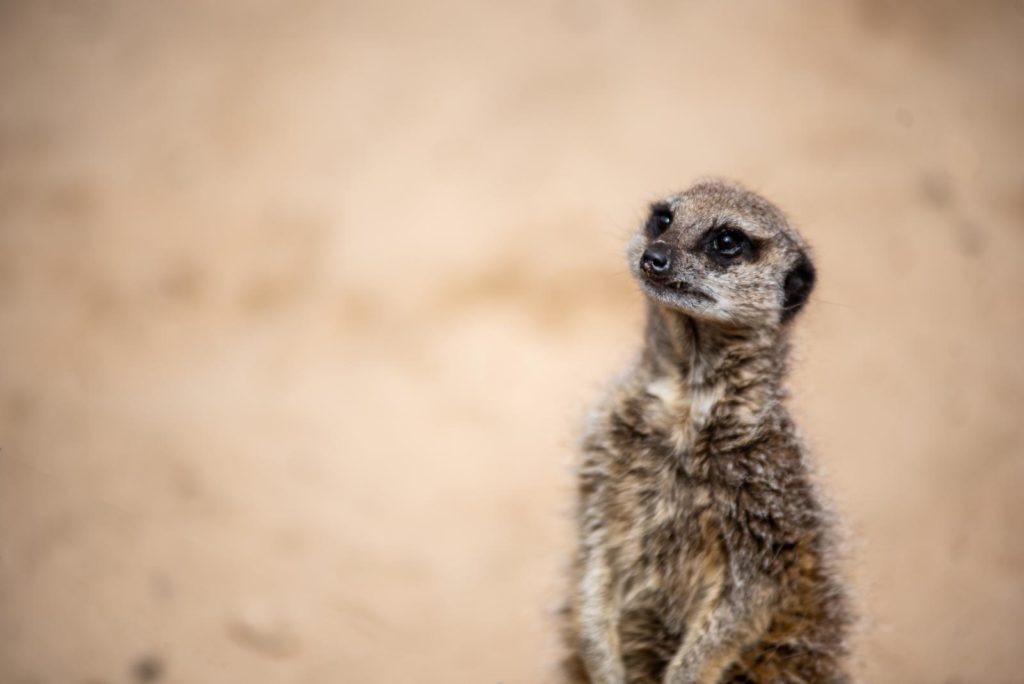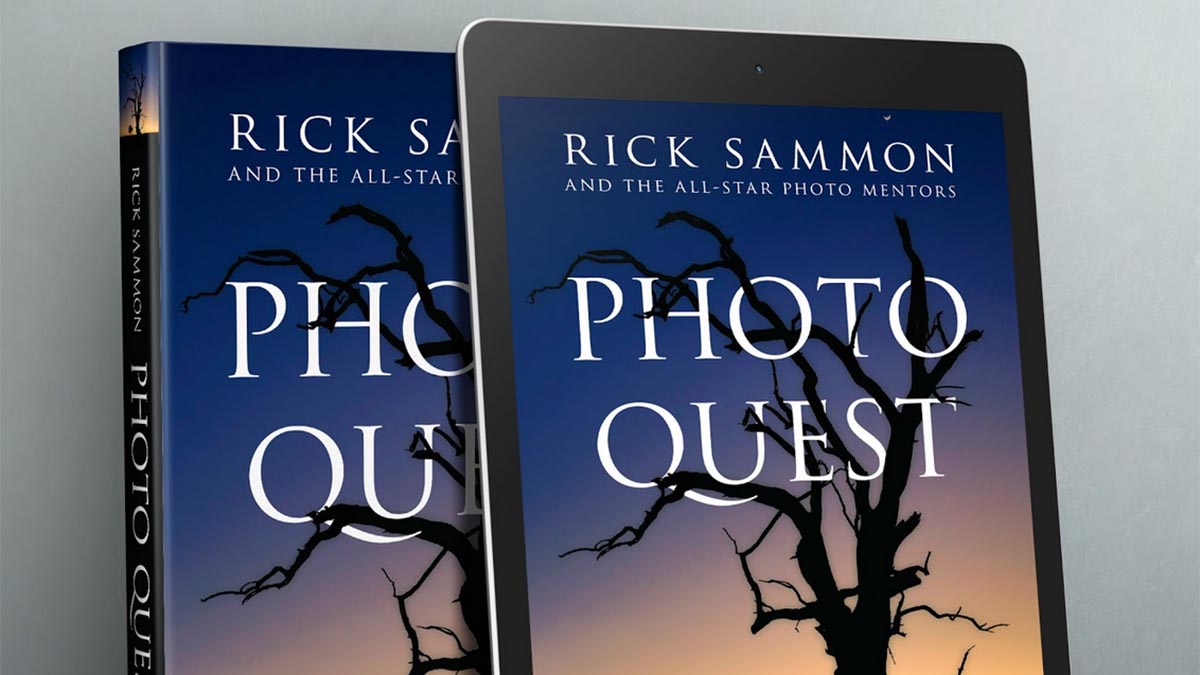Zoo photography counts as travel photography, so for #TravelTuesday today I want to share my top tip for photographing animals in the zoo. I’m Dave Williams and I’m here every Tuesday on ScottKelby.com—let’s begin!
I realise that zoos aren’t for everyone, so let’s get that out of the way straight off. Personally, I’m careful to ensure that any zoo I visit has credibility in conservation because, as an animal lover, there’s nothing I loathe more than visiting a zoo with animals that aren’t properly cared for. There is a difficult balance, I realise that, but so long as there’s no mistreatment etc., I’m happy to visit.

I won’t mess around with a clickbait-esque title—I’ll cut to the chase. My number one tip for photographing animals in the zoo is…
Make it look wild!
It can be tricky to achieve this, but making the scene look wild will add so much to our images. Freeing the animal back into the wild gives a much greater connection to the animal’s natural environment, and that connection will cause the viewer to lend more appreciation to our image.

To achieve this our best tactic is to ensure the background is absolutely clear of any “zoo clutter.” By this I mean any unnatural enclosure features, like cheesy fake rocks, fences, walls, cables, walkways, all the stuff we see at the zoo that makes it so fake.

Something else we can do is crop in close on the animal, perhaps not dissimilar to a portrait shoot showing just the head and shoulders. This will bokeh out any unwanted background and give star-focus to the animal we’re photographing, revealing their character. When we do this a key portrait rule applies: always focus on the eyes! Bonus tip: if the animal is at an angle, focus on the closest eye.

And, finally, also themed around aperture, is this: –
When shooting through a mesh fence, like in a predator enclosure, we can lose the fence by shooting wide open if the subject is a reasonable distance from the fence. This wide aperture pushes our plane of focus and depth of field away from us (and from the fence), so we can often get a cool image with no fence in it.
I hope that tip was useful, and if you keep an eye on my Instagram for the next few days you can catch a few more tips!
Much love
Dave




